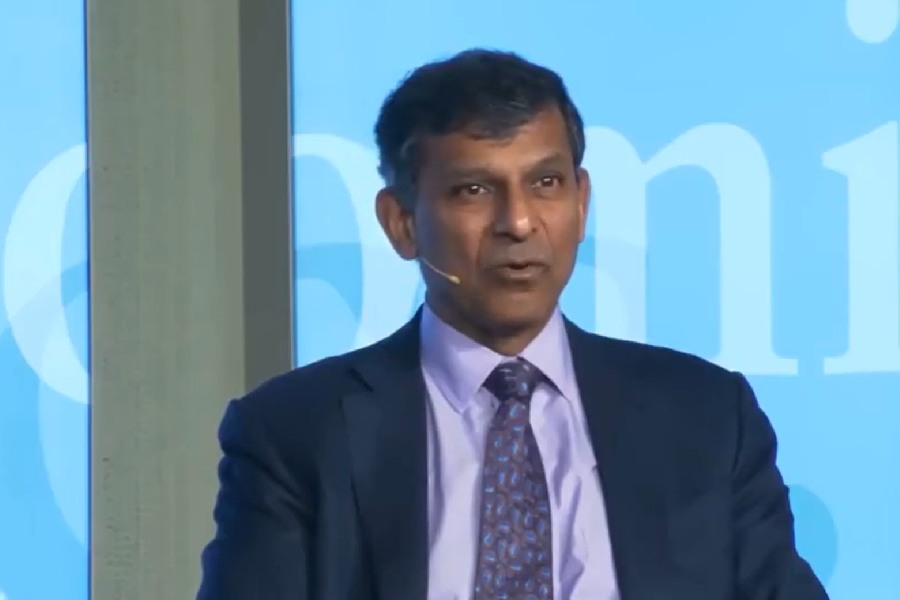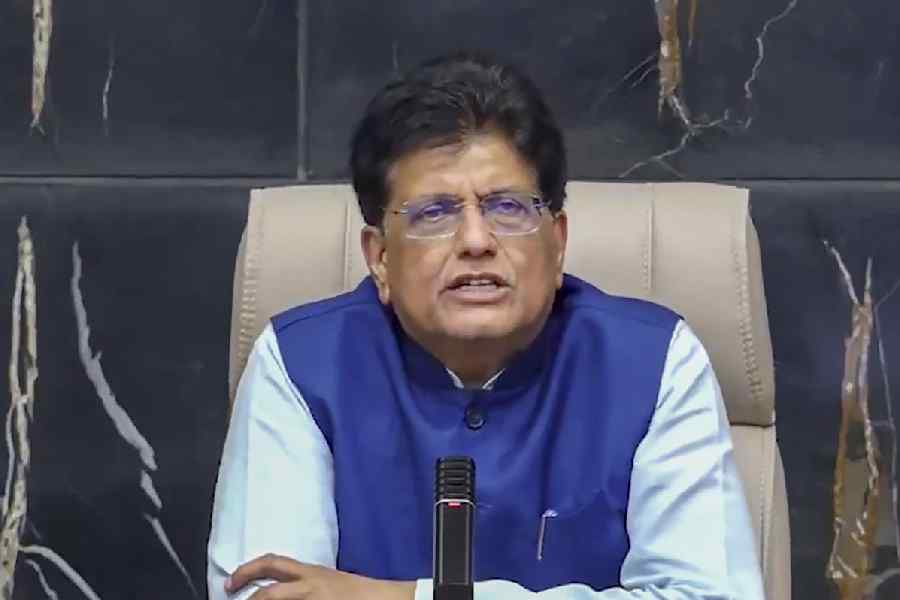Foreign direct investments have had an ambiguous position in the discourse of economic development. On the one hand, FDI is viewed as an augmented source of scarce investment funds and a contributor to macroeconomic growth. On the other hand, it is perceived to be a source of exploitation where foreign firms use cheap labour and slack regulations to produce at low costs to sell at very high profits, most of which are repatriated to the home country of the investor. India has moved from holding the latter worldview to the more modern one of viewing FDI as a positive feature of economic development. Indeed, India has not only seen a growing flow of FDI since the economy was opened up but Indian firms are also moving into foreign markets with growing regularity. The latest data available for the financial year, 2024-25, have, however, raised doubts as to what exactly the numbers signify. For the year in question, the inflow of FDI was to the tune of $81 billion growing at 13.7% from the previous year. The outward foreign investments by Indian firms also grew from $16.7 billion in 2023-24 to $29.2 billion in 2024-25. Both these are positive indicators of market integration and of India emerging as a preferred destination for foreign investments; they also reflect the growing strength of Indian firms that can now compete in international markets.
There is though concern regarding the repatriation of earnings by foreign firms operating in India. This figure also grew during the last financial year, rising from $44.5 billion in 2023-24 to $51.5 billion in 2024-25. This can be attributed to a number of reasons. First, the latter part of 2024-25 was marked by an extraordinary degree of uncertainty in international trade and investments due to the rapidly shifting policies of the United States of America. Firms may have preferred to hold on to their earnings before reinvesting, waiting for the policy war to stabilise. The second reason is a statistical one. There has been no significant increase in repatriations as a proportion of new foreign investments entering the country in 2024-25 as compared to 2023-24. Finally, it might be noted that while India’s attractiveness as an investment destination may not have improved much during the last year, the economy’s relative attractiveness has certainly increased owing to a stable government and clear policies. Moreover, India’s balance of payments, the outcome of robust foreign exchange reserves, remains sound. These augur well for India and FDIs.











